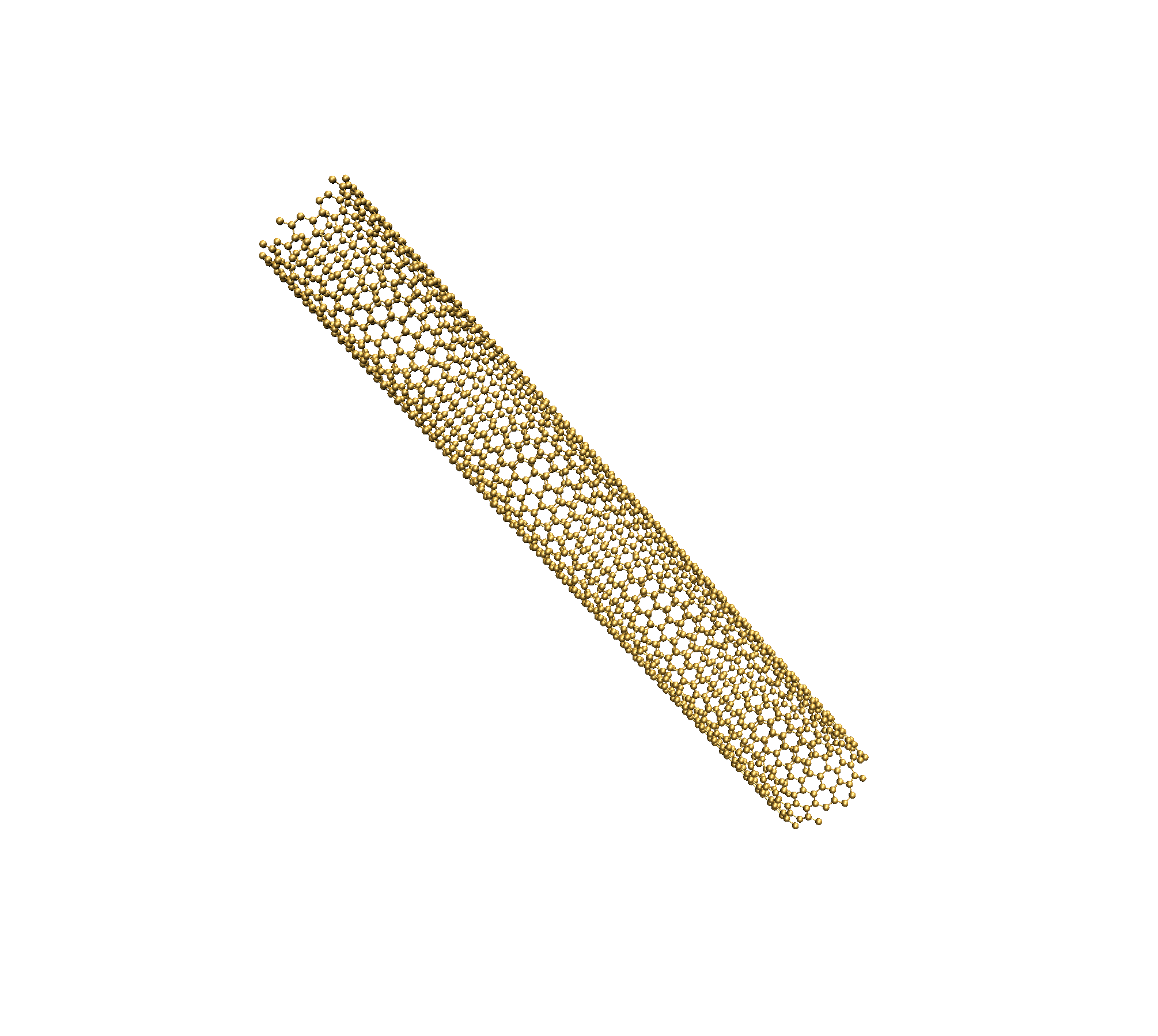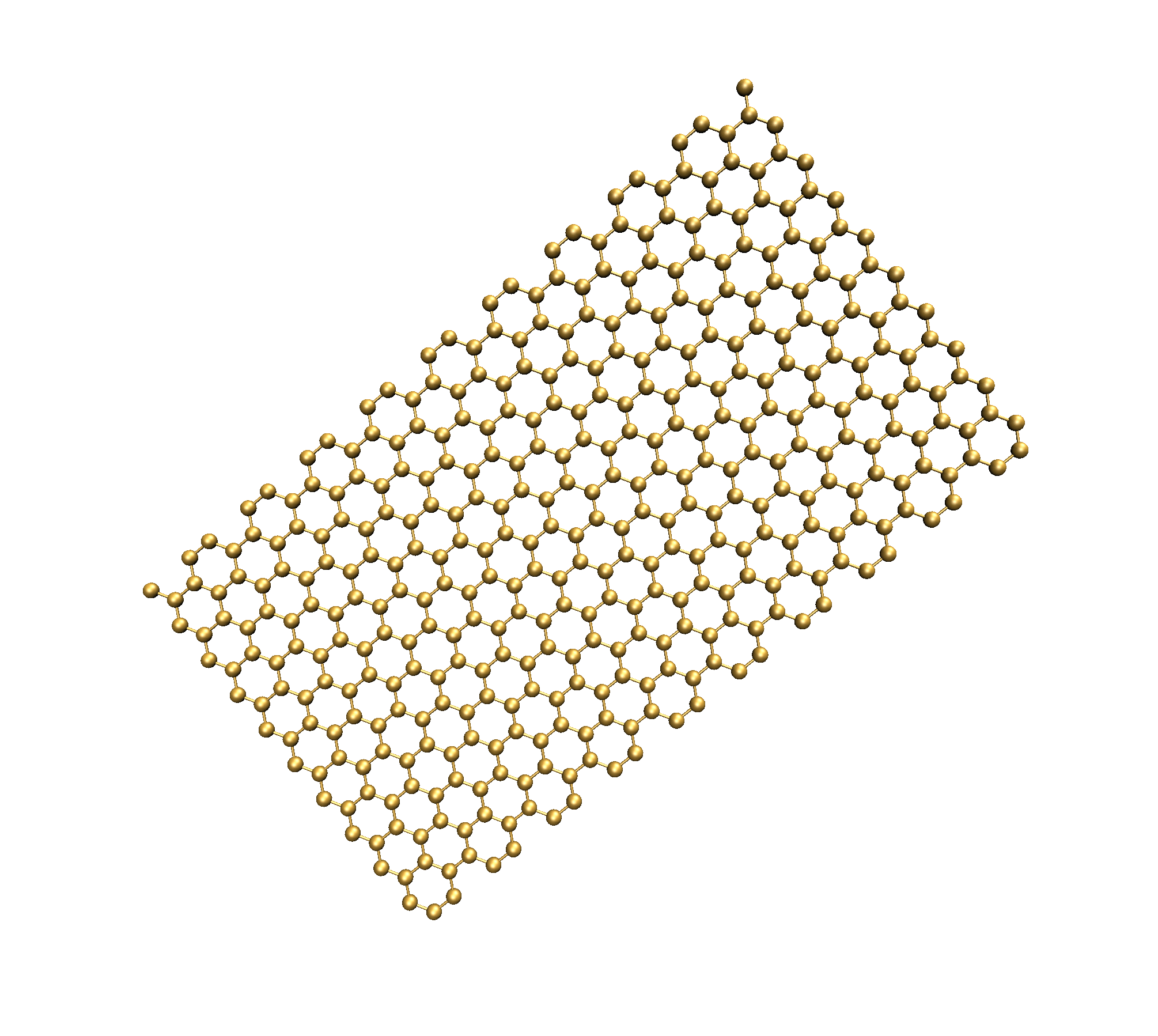The method of electrical interaction of Nano tube (multi-layer) semiconductor nanotubes with amines and surfactants
Researcher and author: Dr. ( Afshin Rashid)

Note: amines and surfactants and (octadecylamine) selectively interact with semiconductor SWCNTs, of course, if the SWCNTs are oxidized.
Using propylamine and isopropylamine in THF, selective adsorption on metal SWNTs is performed. This problem causes concentration of the solution of metal nanotubes. Different colors of nanotube suspensions are observed, which indicates the high purity of the specific type of SWCNTs. Amines can also be attached to SWCNTs through covalent bonding, but in this case, there is no selectivity towards metal or semiconductor SWCNTs. Different surfactants are used to classify SWCNTs based on chirality. Selective separation of SWCNTs is done using salt SDS (separation solution) . The connection depending on the diameter and chirality applies to the general surfactants sodium doubly (sulfate 10), (sodium dodecylbenzene 11), (sulfonate and sodium qualate 12) in aqueous solution. SDS or the mixture (separation solution) has a stronger binding power with nanotubes with nanomolecules and nanoelectrons. The centrifuge based on the density gradient has a smaller diameter of 13. Using two competing surfactants is suitable for separating metal SWCNTs from semiconductors .


Using separation in two surfactants, SC and SDS, they succeeded in separating SWCNTs nanomolecules with a purity of more than 85%. Therefore, cosurfactants have selectivity towards the electrical structure or chirality of SWCNTs. SDS differentiates between nanotubes with different electronic properties. After centrifugation, the semiconducting SWCNTs are separated in the form of small but long beads on the surface of the liquid, and the metallic SWCNTs remain suspended in the solution in the form of short individual nanotubes . It is used as a nano solution for electron separation in multi-layered nanotubes as a surfactant.
Conclusion :
The interaction of semiconducting SWCNTs nanotubes (multilayer) with amines and surfactants is important for the separation of nanomolecules and a very simple method that can be easily scaled up to separate metal and semiconductor nanotubes with purity . presented above. The interaction of multi-layered nanotubes plays a primary role for the separation of nanomolecules because there is attraction between (multi-layered) semiconductor SWCNTs nanomolecules.
Researcher and author: Dr. ( Afshin Rashid)
Specialized doctorate in nano-microelectronics


